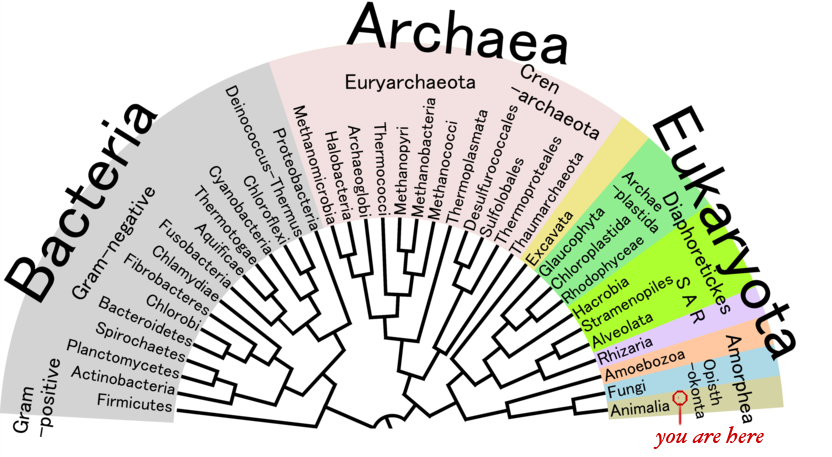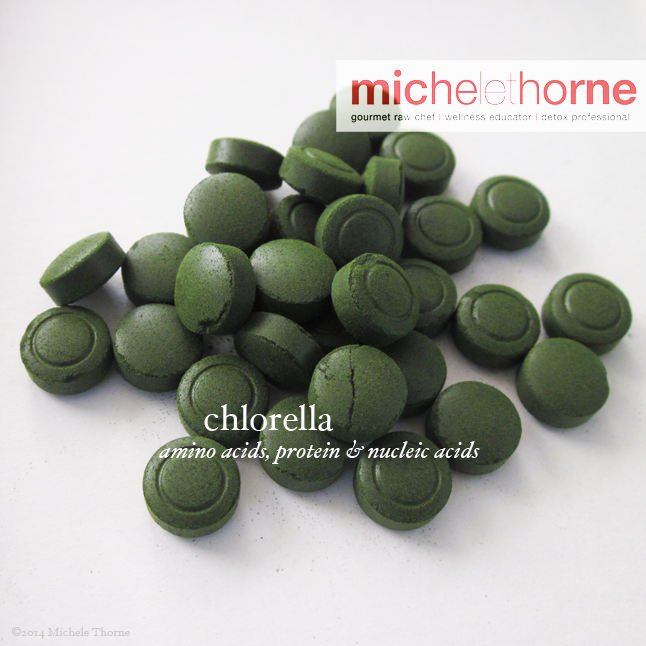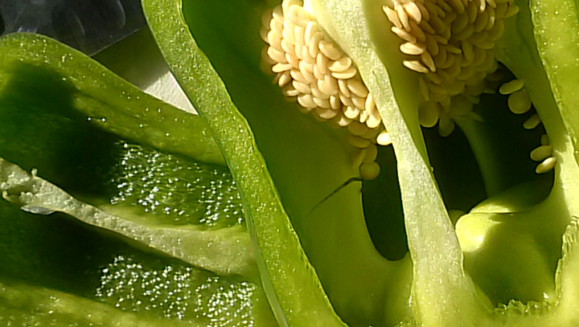Generally speaking, I am a tireless supporter of most things green. Money, check. Sustainability, check. Green Juice, check. Green Leafy Vegetables, check. Chlorella, check. And, Blue Green Algae and Spirulina, check. Well, I want to suspend my support on the last three for a moment and explain a few things.
Recently, I’ve read conflicting arguments on the benefits of both Spirulina and Blue Green Algae, so I wanted to dive a little deeper and satisfy the secret biologist that lays dormant inside of me. In the past, I fully supported using both as powerful detoxifying supplements, for weight loss and also for sources of protein, minerals and phytonutrients. In an effort to be unbiased and diligent in my research, I wanted to investigate some of the claims against them as a health supplements. What I found out is fascinating, and before I get too far down this rabbit hole, I’ll sum it up for you because this is a long one.
It’s complicated. There are several assumptions.
The first is the acceptance of the Theory of Evolution as opposed to Intelligent Design. It doesn’t matter to me which side of that debate you are on, but it would be irresponsible of me to presume for you. Just know that if you support the school of thought wrapped around the Darwinian theory, then blue green algae and spriulina are cyanobacteria and have prokarayotic cells, and chlorella is algae that has “evolved” from cyanobacteria, and has eukarayotic cells.
Soooo, if you support the theory of Intelligent Design, then the assumption is that there is no interspecial mingling, and chlorella and all cyanobacteria fall under different scientific Domain classifications all together, so one could not have evolved from another. We could debate both sides all day, but for this post, I’ll keep it simple.
There are pros and cons when consuming most supplements, and these are no different. So, if you’re going to eat or drink algae or bacteria, use caution, moderation and common sense. If you’re reading this, you are a biologist and have researched these things in greater documentable depth, I welcome your any clarification. Now, let’s get green and dirty…

BLUE GREEN ALGAE, SPIRULINA AND CHLORELLA…WHAT’S THE DIFFERENCE?
Good question. Essentially, they are all some form of fresh water “pond scum”, but let’s get a little more scientific. Remember learning the about the different “Domains” in nature sometime in 7th grade Biology (Domain, Kingdom, Phyllum, Class, Order, Family, Genus, Species)? All life on this planet fall within three Domains (Bacteria, Archaea and Eukarya – Viruses are sometimes acknowledged as the fourth domain).
The Bacteria and Archaea domains consist of prokarayotic cells, and the Eukarya domain consists of eukaryotic cells. Now, let’s specifically talk about the bacteria kingdom, as spirulina and blue green algae (a misnomer) are both technically bacteria, cyanobacteria. Chlorella is algae. And algae is considered part of the eukaryota domain. Ugh…this is confusing. Maybe this confusion hints at some of the underlying discrepancies in Darwin’s theory…but let’s proceed.
MY EXPERIENCE WITH CYANOBACTERIA
I have used wildcraft harvested blue green algae from Klammath Lake, and organic spirulina products as nutritional supplements for years without incident, but that’s not necessarily the case for everyone. It’s been my experience working within the raw food and healthy food community over time, that people using and promoting these green foods, as supplements including chlorella, blue green algae and spirulina are very well respected, and the benefit claims are abundant and convincing, but many of the claims are not backed with scientific data. So recently, I’ve taken my own beliefs to task and decided to reinvestigate the science behind this one. Essentially, there have been clinical studies to support beneficial human health claims, and there have been clinical studies to support potential detriment to human health. Here’s what I discovered so you can make an informed decision for yourself or simply jump start your own research on this topic. Either way, here goes…

WHAT ARE AFA’s?
As you can see in the graphic above, the bacteria kingdom is huge. Bacteria are wonderfully mesmerizing to me, but too vast to cover appropriately here. Some are toxic, some are not. As you may already know, I write about a certain few bacteria because many (for example the billions of strains of lactobacillus) have proven to be beneficial to human health.
The way I understand it, the cyanobacteria that is found in blue green algae is Aphanizomenon flos-aquae (AFA) which is a species of bacteria that has toxic and non-toxic forms. This bacteria uses the light from the sun, the carbon dioxide from the air and water to synthesize the lipids, proteins and carbohydrates during photosynthesis. An abundance of the world’s edible supply of blue green algae products are produced by the AFA’s that bloom in Klammath Lake, the largest freshwater lake in Oregon. Though Cyanobacteria is found all over the world and have been on the earth for millions, if not billions of years, it’s commercial availability was initiated in the early 1980’s a dietary supplement.
AFA has been shown to produce a number of health benefits during clinical research studies on mice as well as double-blind and placebo studies on humans, including but not limited to increased immunity, indications of weight loss, and reduced neuron degeneration and inflammation. Producers and users alike have stated that consuming blue green algae, spirulina and chlorella have been helpful in the treatment of many diseases from fibromyalgia to Lou Gerhig’s Disease and Alzheimers to cancer. AFA’s have also been shown to produce a number of negative health issues in some, including gastrointestinal discomfort, headaches, fatigue and even death in some rare cases specifically related to ingestion from a contaminated water source.
WHAT ARE THE POTENTIAL RISKS?
Over the past 20 years, humans have been in sporadically monitored without much incidence. This paper by Lorraine C. Backer explains in detail the “cyanoHAB’s” (cyanobacterial harmful algal blooms), and she highlights that the majority of human illness related to cyanoHAB’s recorded is due to humans being exposed to the bacteria by consuming certain shellfish and other meats, as well as ingesting or coming into skin contact with contaminated fresh water sources while enjoying recreational activities.
In 2004, a water sample collected from Klammath Lake tested positive for high concentrations of Microsystis Aerugenosa – one of the many cyanobacteria species that is a neurotoxin (harmful to the brain) and hepatoxin (harmful to the liver). This toxin is produced by the cyanobacteria when in bloom and under very specific conditions, and apparently this bloom is rare at Klammath Lake, from what I could determine, and the first incident of algal poisoning was in 1878 in Southern Australia, reported in 1997 by G. Francis.
But the greatest risk to your health is misinformation. There are plenty of positive testimonials from people who have used these supplements and experienced benefits ranging from minimal to a complete reversal of symptoms, but no one can seem to prove with empirical evidence that blue green algae, spirulina or chlorella cures anything. Science vs Nature. Proof vs Hypothesis. You can believe what you believe.

